I have a dataframe like this:
1 2
2 3
4 5
....
Now, I plot this graph in R using the library igraph using the following code:
wt=read.table("NP7.txt")
wt1=matrix(nrow=nrow(wt), ncol=2)
wt1=data.frame(wt1)
wt1[,1:2]=wt[,1:2]
write.table(wt1,"test.txt")
library(igraph)
wt=read.table("test.txt")
wg7 <- graph.edgelist(cbind(as.character(wt$X1), as.character(wt$X2)),
directed=F)
sum(clusters(wg7)$csize>2)
plot(wg7)
a <- largest.clique(wg7)
Now, on running this code I get the plot of the graph and the values that form the largest clique. But, if I want the plot of that actual largest clique, how do I do that? Thanks!

